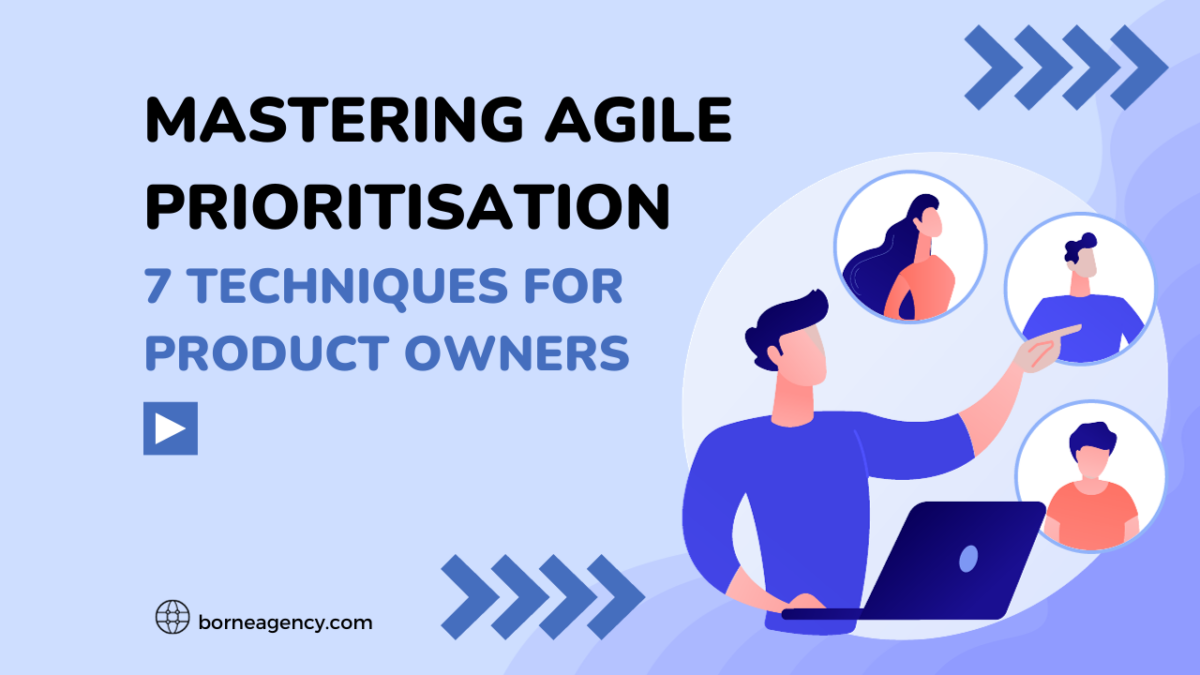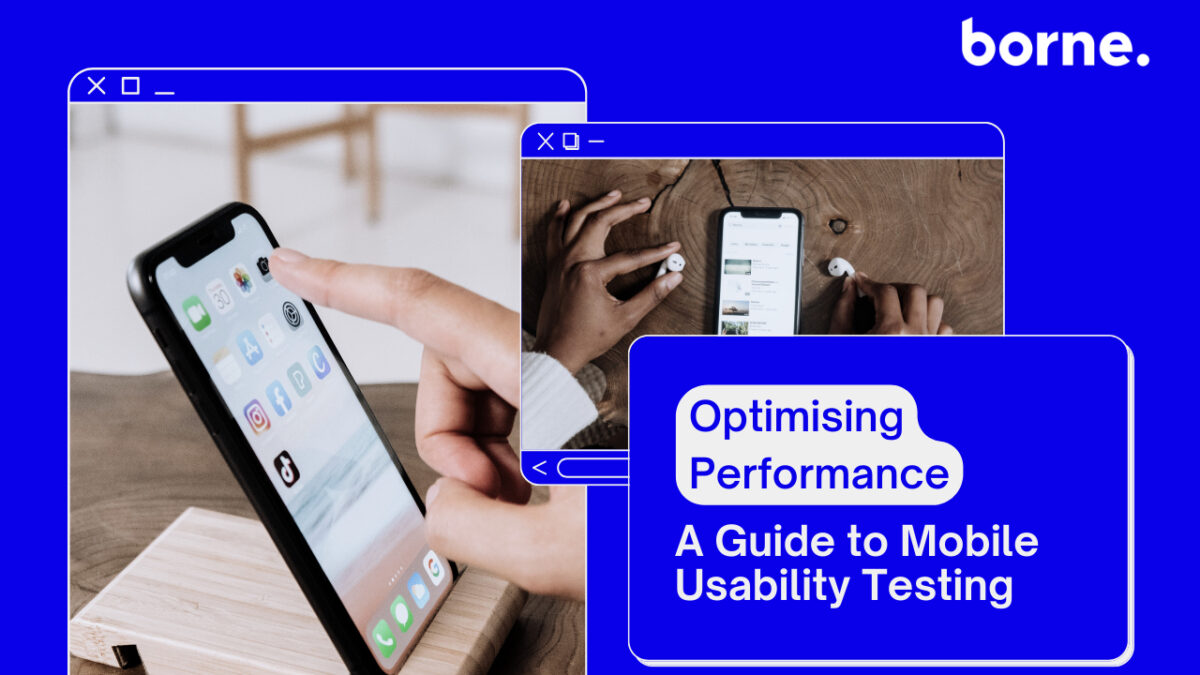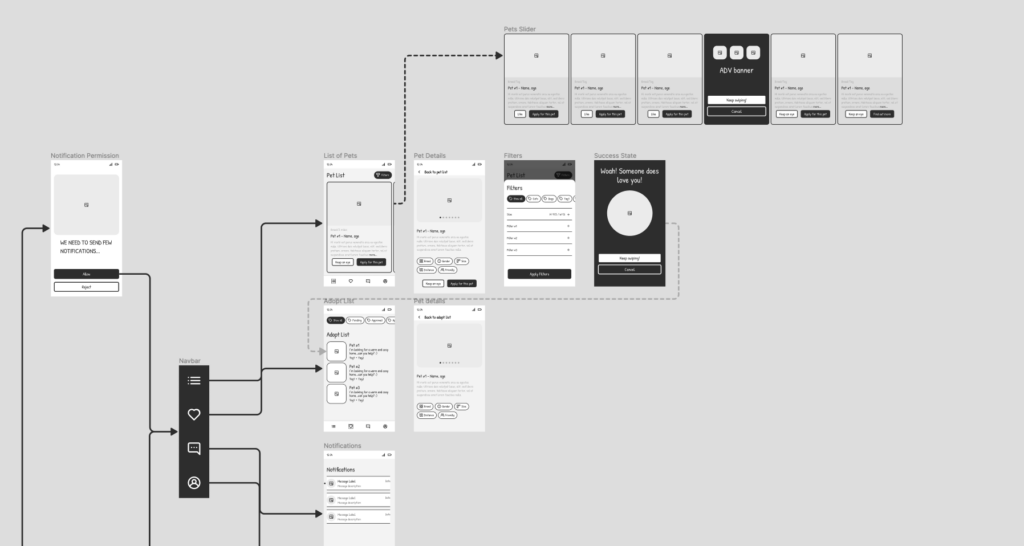Introduction:
Steering the ship in the dynamic world of mobile app development comes with its share of challenges – juggling stakeholder opinions and a flood of innovative ideas. If you’re a Product Owner working with an Agile Development Team, you’re not alone. Join us as we explore seven powerful Agile prioritization techniques, arming you with the tools to make decisions that propel your digital innovations to success.
Section 1: Decoding Agile Prioritization:
In the fast-paced realm of digital product development, where stakeholder interests vary, and creative ideas abound, effective prioritization is the key to success. This section dives into the essence of prioritization in Agile, shedding light on the hurdles faced by Product Owners and the need to select features wisely for the initial product release.
Section 2: 7 Agile Prioritization Powerhouses:
Embark on a journey through seven potent prioritization techniques tailored for Agile app development. Each technique is unveiled, showcasing its unique benefits and illustrating its practical application. The lineup includes:
Customer Feedback
Impact / Effort Matrix
MoSCoW
The Kano Model
RICE
Cost of Delay
Monopoly
Section 3: Posing Pertinent Questions for Prioritization:
Before we dive into the nitty-gritty of prioritization techniques, let’s lay the groundwork with 10 thought-provoking questions. These questions serve as guides, prompting Product Owners to consider time, budget, user preferences, and the overall impact of features on business goals.
Section 4: Initiating with Product Goal and Value Pyramid:
Meet your indispensable allies – the Product Goal and Value Pyramid. Learn how these tools discern business profit and customer value during development. An illustrative example shows how they guide prioritization, ensuring a seamless alignment with user needs and overarching business goals.
Section 5: Agile Prioritization Strategies – Value Pyramid:
Explore the Value Pyramid as a tactical instrument for keeping the team focused on the immediate needs of potential users. Uncover how the Value Pyramid aids in cherry-picking primary elements, guaranteeing synchronization with pivotal facets of the product.
Section 6: In-Depth Exploration of Techniques:
Embark on an insightful journey through each prioritization technique, starting with Customer Feedback and progressing through the Impact / Effort Matrix, MoSCoW, The Kano Model, RICE, Cost of Delay, and Monopoly. Practical insights and real-world scenarios light the path for each technique.
Section 7: Navigating the Maze: Choosing the Right Method:
Dive into the shared thread weaving through these techniques – the pursuit of spotlighting the most valuable features. Emphasize the significance of experimenting with diverse tools and seeking counsel from Scrum Masters to pinpoint the prioritization method that harmonizes seamlessly with your unique Agile Team.
Conclusion:
As we wrap up, recognize the potency of effective prioritization in the Agile realm. Consider it the Product Owner’s ultimate superpower, propelling you toward the zenith of Scrum – swift feedback collection. A wise axiom reverberates: “If everything is important, then nothing truly is.” Mastery of prioritization quickens decision-making, transforming you into a maestro of task prioritization. The journey unfolds at an unprecedented pace.








Recent Comments